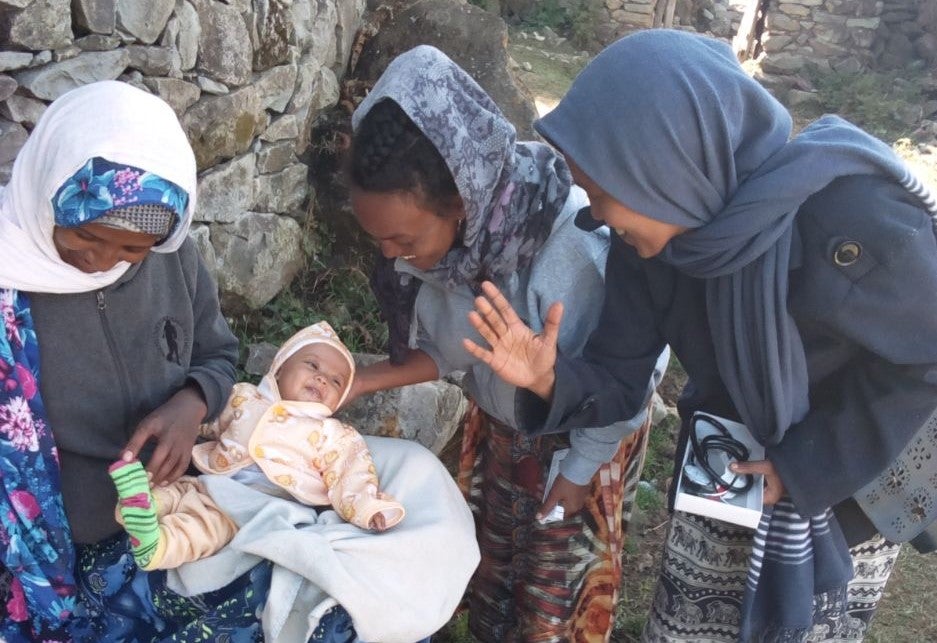
Accurate statistics on basic demographic events and health outcomes are the foundations for public policy. BIRHAN for Mothers and Children is a prospective longitudinal cohort study of pregnant women and children less than two years of age with an aim of understanding the epidemiology of maternal and childhood illnesses and deaths in selected Kebeles of Angolela Tera, Kewet and Shewarobit Woredas in North Shewa Zone, Amhara Region, Ethiopia. We established a health and demographic surveillance system (HDSS). Research field workers conduct house-to-house visits every three months to collect individual and household data on pregnancies and birth outcomes, migration (i.e., in-migration, out-migration, and internal moves), marital status, and deaths. Data are linked between health facilities and community households.
Nested within the BIRHAN HDSS, we are conducting a pregnancy and birth cohort for maternal and child morbidity and mortality surveillance. Disease symptoms and anthropometric data are collected from pregnant women and children under two. A subset of children enrolled from birth compose a birth cohort. All households in our selected catchment are geolocated to improve the quality of data collection.
The study aims to 1) Understand the epidemiology of maternal and childhood illnesses in North Shewa, Amhara Region, Ethiopia; 2) Determine the incidence of pneumonia, diarrhea, and febrile illnesses among children <2 years old in a defined catchment population; and 3) Identify severe illnesses and deaths in the catchment population (community and health facilities) among pregnant women and children <2 years old and identify risk factors for morbidity and mortality.

You must be logged in to post a comment.